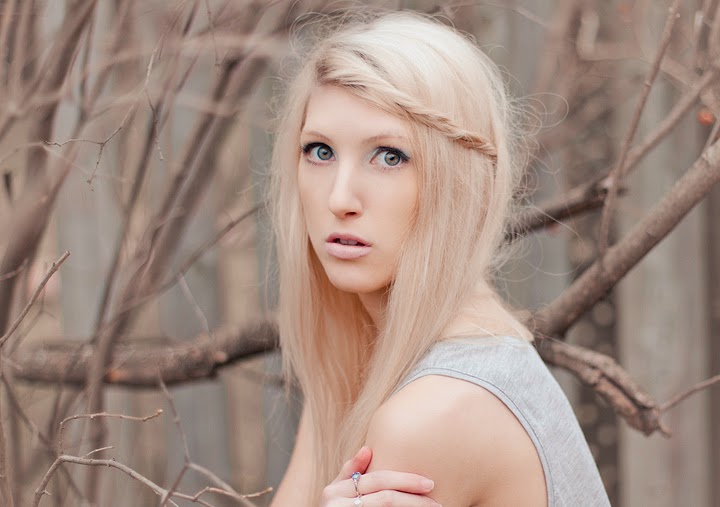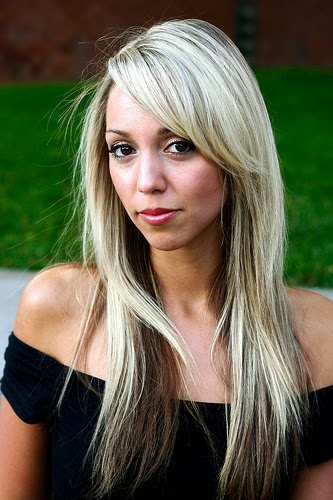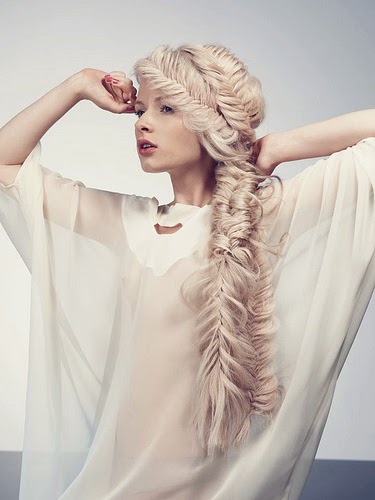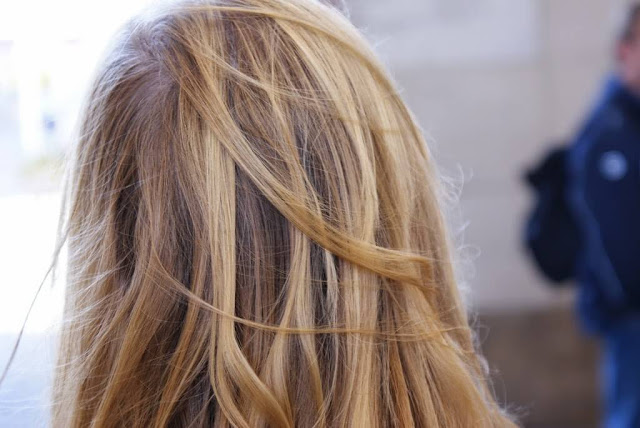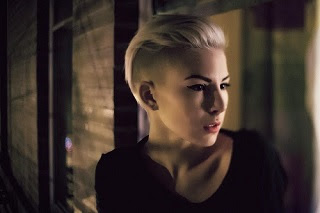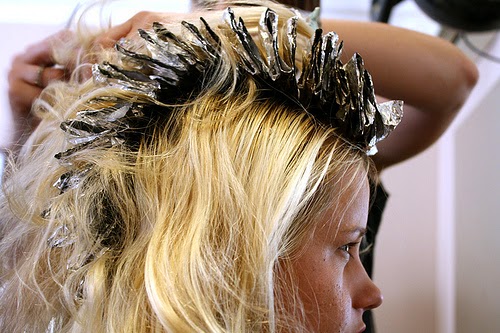
|
| Source |
What is damaged hair?
Damaged hair is hair that has become weakened through chemical or physical stress. This can include hair that has been dyed, bleached, permed, relaxed, or even styled with heated styling tools. All of these processes damage your hair to some extent and weaken it over time.
Hair that is damaged is significantly more prone to breakage, doesn't feel as soft or smooth, and may even look visibly damaged. On top of this, damaged hair doesn't maintain moisture properly, so it is prone to both dryness and frizz. This dryness itself can even cause further damage if the hair is handled in its dry state.
The main effects of damage include:
- Dryness
- Excess frizz
- Rough texture
- Split ends
- Breakage
- Loss of elasticity
- Loss of shine
- Porosity changes
Overall, even using a hair straightener or curling iron can damage your hair, but it's the amount of damage the hair has sustained that causes it to suffer problems. It's not necessarily unwise to bleach damaged hair, but you should under no circumstances use bleach on hair that is heavily damaged or has been subjected to multiple dyes.
Hair texture and damage
Your hair is more resilient than you may realise. Although there are many products that can damage it, it takes a lot to push it to the point where your hair is actually in danger. How much stress hair can take varies from person to person and relates mainly to the natural texture of your hair.
Hair is defined by three different textures, which describe how thick an individual strand of hair is. The thicker the hair shaft, the stronger your hair tends to be. The three textures include:
- Coarse hair
- Medium hair
- Fine hair
Medium hair is also fairly strong and can stand up to multiple processes before it begins to appear damaged. This type of hair isn't able to take the beating that coarse hair can take, but you can expect your hair to stay relatively healthy during colour changes if it is medium in texture.
Fine hair, on the other hand, is naturally weaker and doesn't react well to bleach or perming solution. You shouln't bleach damaged hair if it is fine, and especially not if it is both fine and thin. Hair of this texture also shouldn't be dyed any more often than absolutely necessary to keep it looking its best.
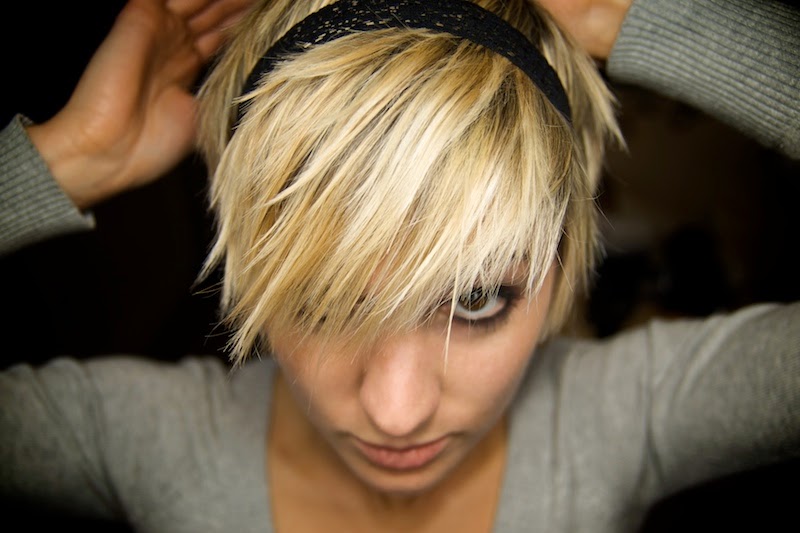
|
| Source |
How much damage is too much?
If you want to bleach damaged hair, you need to be able to draw a line and know when to avoid subjecting your hair to further trauma. To put this in simple terms, your hair is usually too damaged to be bleached when it:
- Breaks easily
- Is chronically dry
- Has been bleached two or more times already
- Has been dyed many times
- Has been permed or relaxed even once
When hair has reached this point, it is usually fairly obvious. Hair that is too damaged is simply weak, dry, and has a history of different colour changes and styles that have lead to its current condition. If your hair is like this, you shouldn't bleach it.
You also shouldn't bleach damaged hair that has been permed or relaxed. Even if the damage is only mild in this case, permed or relaxed hair should not be bleached at all. Doing this could quickly result in severe damage because the damaging effect of the bleach is compounded by perm solution. Even if your hair looks and feels fine, structurally, it is permanently weakened after perming or relaxing.
Use caution when you bleach damaged hair
As long as you use caution when you bleach damaged hair, you can prevent it from sustaining any more damage whilst still being able to lighten it to a new colour. For hairdressers, substantial experience makes it easy to tell when hair shouldn't be bleached again. This same experience should be used at home as well.
If you have bleached your hair many times in the past, you'll know when it's time to stop. If you don't know or can't tell, that's usually the best indication that you shouldn't risk it. There's no substitute for experience in this scenario.
-
What to use to bleach hair
Discover all the equipment and products you need to bleach your hair properly...

